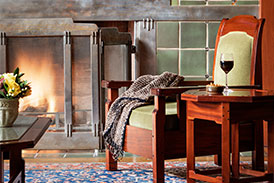Interesting Facts About The Lodge at Torrey Pines
Did you know? The Lodge at Torrey Pines is more than just a luxury resort—it's a place rich with character, craftsmanship, and California history. From its signature architecture to its ties with world-class golf, The Lodge has a story to tell. Here are a few lesser-known facts that make this coastal gem even more unforgettable.
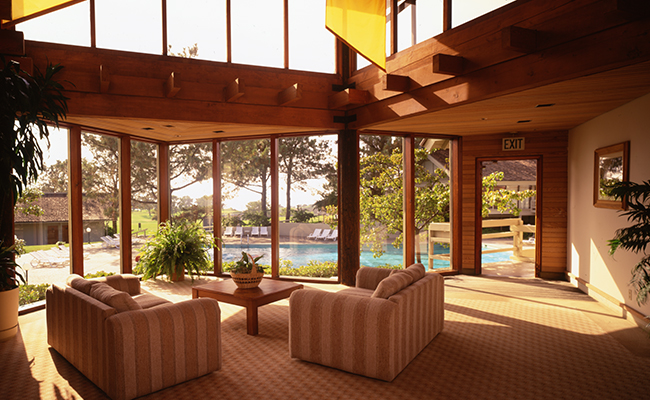
The original Torrey Pines property, built as a 74-room inn in 1961, was purchased by the Evans family in 1995.
In 2000, the hotel was closed, most areas of the hotel were demolished, and the property was completely redeveloped. Reopened in April 2002 as a 170-room luxury hotel, The Lodge at Torrey Pines received a AAA Five Diamond rating upon its opening and has continued to be awarded the prestigious award every year since.
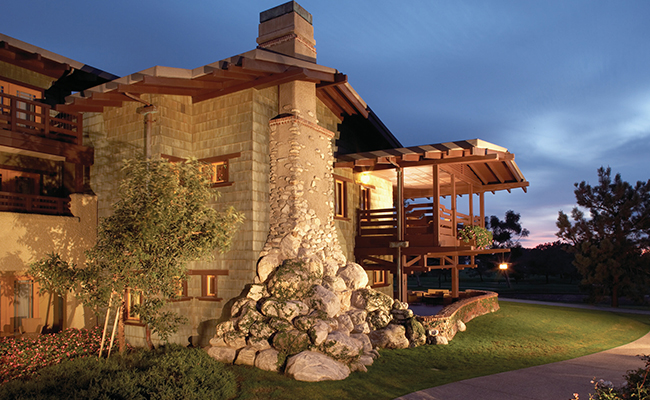
The Lodge at Torrey Pines is modeled after the Gamble and Blacker houses in Pasadena, California, two of the best examples of early 1900s residential Craftsman-style architecture by Greene and Greene. The architectural firm of Greene and Greene was established in 1894. In 1966, the Gamble family turned the house over to the city of Pasadena in a joint agreement with the University of Southern California School of Architecture. The Gamble House was declared a National Historic Landmark in 1977.
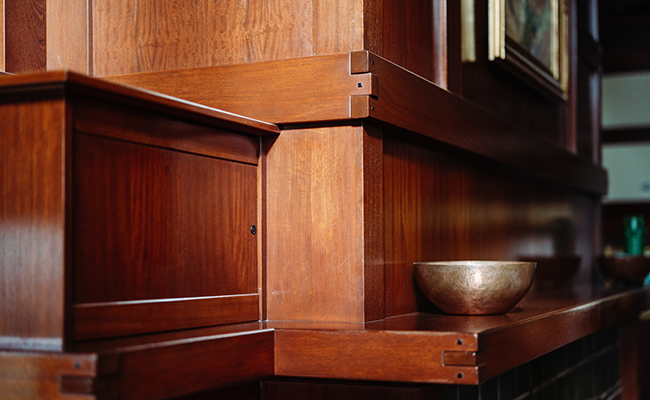
The Greene brothers were significantly influenced by Japanese architecture after encountering art and design showcases during expositions in Chicago, San Francisco, and St. Louis. They incorporated Japanese techniques like dougong, a method of interlocking wooden beams for both structural and ornamental purposes, and the cloud lift, a subtle elevation of straight lines for aesthetic effect. The Gamble House is a prime example of their use of these elements, showcasing cloud lifts throughout its design including on the windows, walls, cabinetry, chairs, doors, and fireplaces.
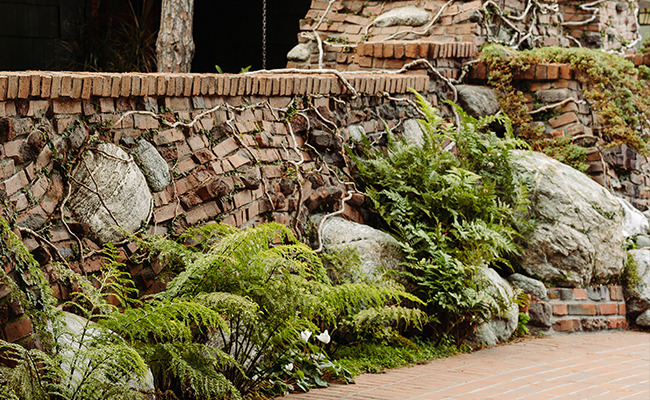
Clinker bricks are be found throughout The Lodge and are integral to its unique Craftsman character. Initially, these quirky and non-uniform bricks were discarded as defective, but around 1900, they were salvaged by architects who found them to be usable, distinctive, and charming. Clinker bricks were widely admired by adherents of the Arts and Crafts movement. Modern brick-making techniques do not produce clinker bricks; builders can procure clinkers from salvage companies. The clinker bricks found on property were excavated from Unionville, Missouri.

The Lodge’s stained glass front door replicates the Gamble House in Pasadena, except the hotel’s glass depicts Torrey Pine trees. Judson Studios, the oldest family-run stained glass company in America, created the original Gamble House stained glass doors as well as this statement piece for The Lodge nearly a century later. The Lodge’s pool bar, Judson’s, is named after the storied art studio.

The Spa at Torrey Pines is a departure from Greene and Greene and the California Arts and Crafts architecture that permeates the property. When the Evans family built The Lodge, they chose another important designer of the same early 20th century period for the spa, Scotsman Charles Rennie Mackintosh. Mackintosh was one of the most famous artist-architects of all time and is best known for his signature Glasgow Rose, a stylized floral image that recurs throughout his work. It is also in his honor that The Lodge’s doormen fondly don a kilt.

Torrey Pines, now famous for golf, was once the site of Camp Callan, a World War II Army training facility that operated from 1941 to 1945. After the war, the site became home to the Torrey Pines Road Races in the 1950s, drawing large crowds for endurance sportscar racing. The 36-hole Torrey Pines Golf Course opened in 1957, eventually hosting the 2008 and 2021 US Open Championships on its South Course and the annual Farmers Insurance Open on both the South and North Courses. In 2001 Rees Jones, an architect nicknamed the “US Open Doctor,” lengthened the South Course to a whopping 7,802-yards. The North Course was renovated in 2016 by Tom Weiskopf, extending it and reversing its routing to end with a dramatic ocean view.
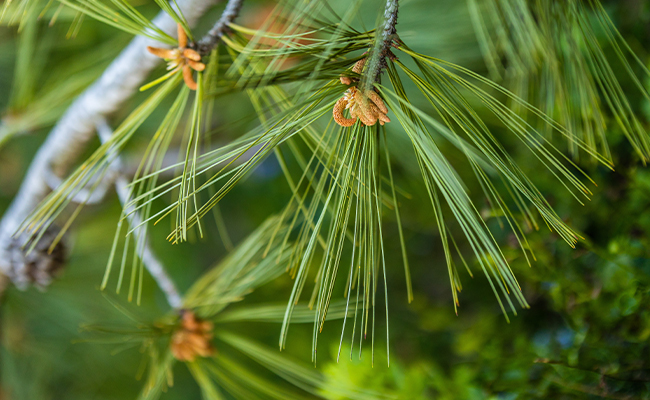
Torrey Pines are rare trees that grow only on Santa Rosa Island and in La Jolla, California. The only pine tree that survives in a desert climate, it draws moisture from fog which provides its water. Like all pines, its needles are clustered into ‘fascicles’ that have a particular number of needles for each pine species; in the Torrey pine there are five needles in each fascicle in order to better pull moisture from the air.

